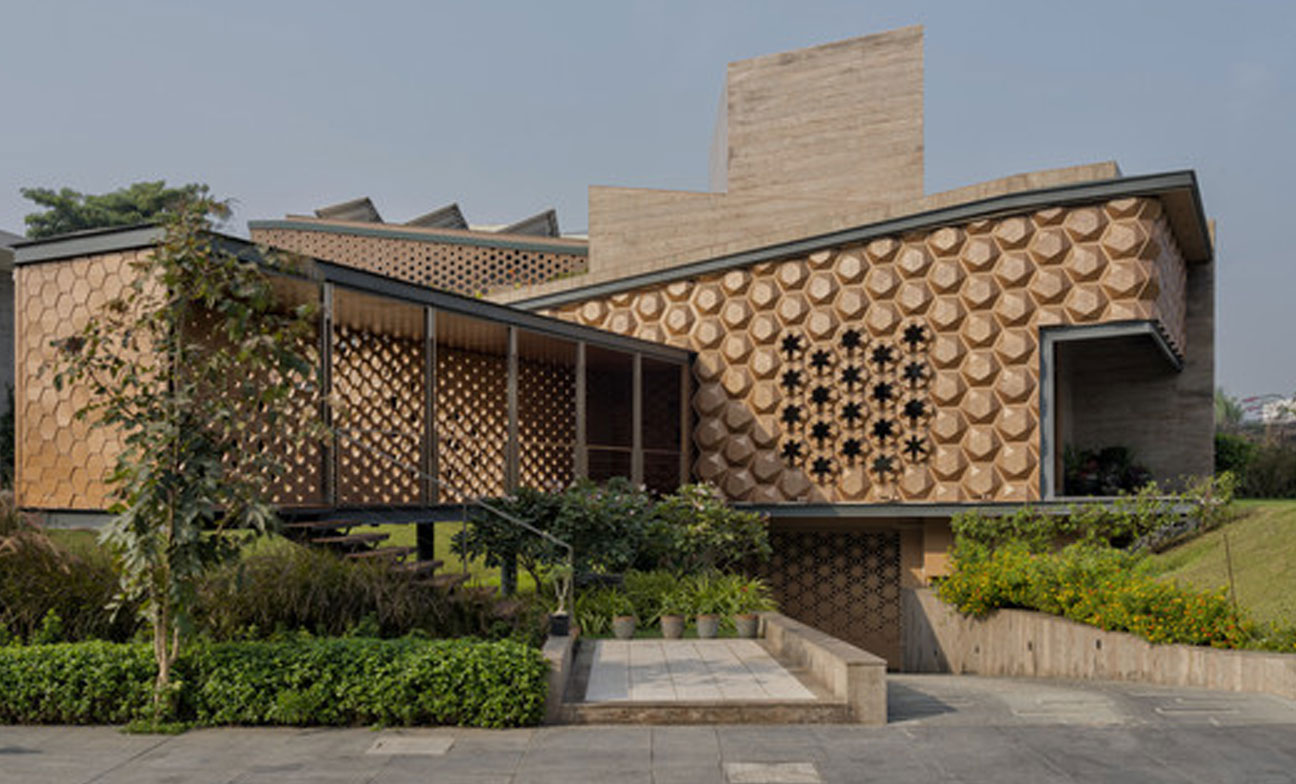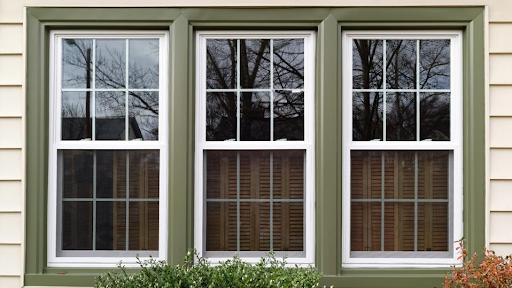
Top 5 Architectural Materials to Explore in 2023
As the world starts to incline towards adopting a sustainable approach to designing, architects all around the world shift their focus from traditional materials to their novel and feasible counterparts. From materials that could regenerate on their own to the ones that could sustain plant growth within, these materials offer exciting opportunities to all architects and designers alike.
Mentioned below is a list that will focus on 5 of these architectural materials that could be explored in 2023-
Self-Healing Concrete
Source: Weburbanist
This innovative material uses inert bacteria that are embedded in the concrete to repair itself when any damage occurs. When a crack appears, this bacteria reacts with the atmosphere and produces limestone which fills the crack and repairs the concrete. One advantage that this material has over its alternatives is its ability to prolong the life of the building, hence adding more value to it.
Bio Materials
Source: VentureBeat
Biomaterials include a wide variety of naturally occurring and biodegradable substances that are becoming increasingly popular for their multipurpose use as insulating walls and flooring tiles. Some examples of biomaterials might include bamboo, cork, mushrooms, and even fungi.
Cross-Laminated Timber (CLT)
Source: (Jonathan Hillyer) Gbdmagazine
This sustainable building material is made from compacting multiple layers of wood together, making it a strong and durable option to be used in construction. It is a carbon-neutral alternative to traditional construction materials like concrete and steel, which would further help reduce its carbon footprint.
Adobe
Source: ArchDaily
Adobe is a traditional material, making its comeback in recent years, for its low cost and sustainable approach as a building material. It is usually composed by mixing sand, soil, water, and other organic materials, in the shape of a brick. It is often locally sourced, reducing the carbon footprint associated with transportation and helping the environment by being a recyclable good.
Smart Glass
Source: Chiefway
It is a new versatile material, that can help modulate the energy consumption of a building and improve indoor comfort. It is a type of glass that changes its transparency according to various stimuli, such as differences in temperature or the presence of an electrical current. Using this technology could improve the energy efficiency of a building by controlling the natural light that seeps in and sometimes even using it to generate electricity. It is a smart way to ensure privacy and make the best use of natural light.
In Conclusion
These are just a few examples of the many new architectural materials that are being developed and explored within the year 2023. As technology and research continue to advance, these innovative materials would likely shape the future of architecture.













